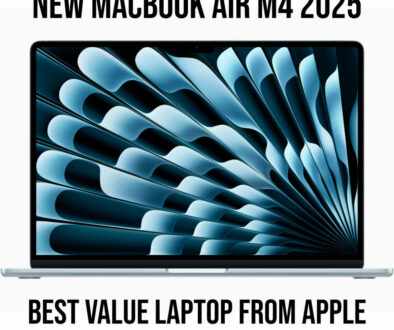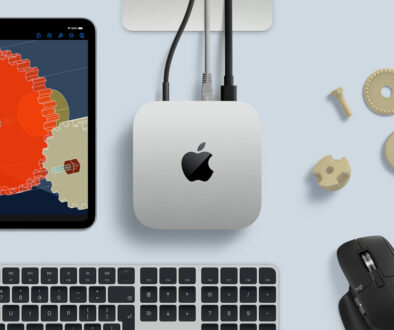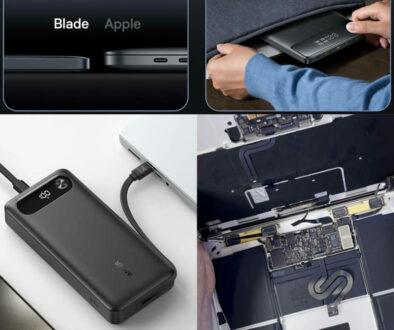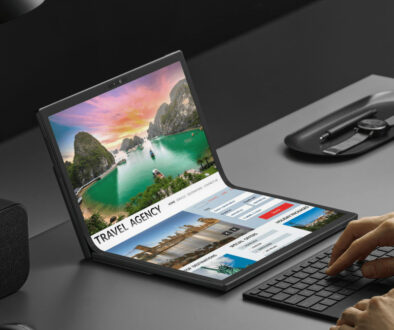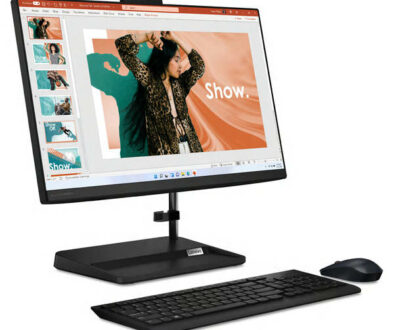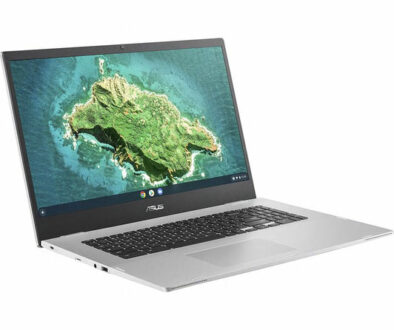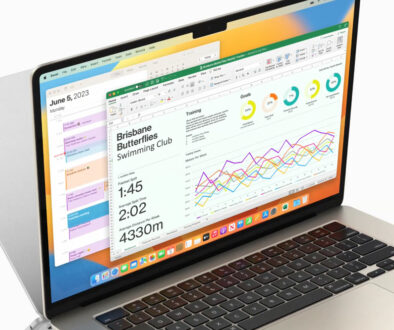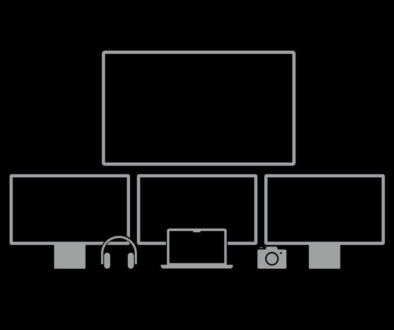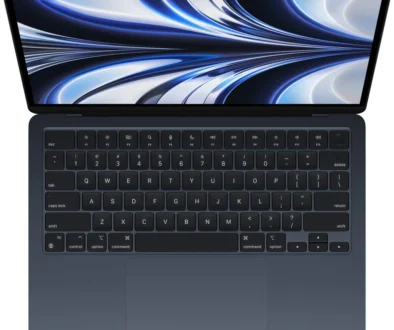MacBook Air Alternatives: Superslim, feature rich, lightweight & yet just as powerful
To the layperson, a MacBook Air is usually considered as the pinnacle of fashionable, portable tech. Their ultra-portable, with slimness and weight make it seem like their number-crunching properties are anything but magic. This especially feels as such, with the current M1 chip, delivering optimization like never before in something so unbelievable thin.
Unfortunately, to burst the tech bubble of these users, MacBooks Airs are no longer the only ones capable of being both powerful and superslim. Not since the now-obsolete buzzword “ultrabooks” became a thing at the beginning of the 2010’s anyway.
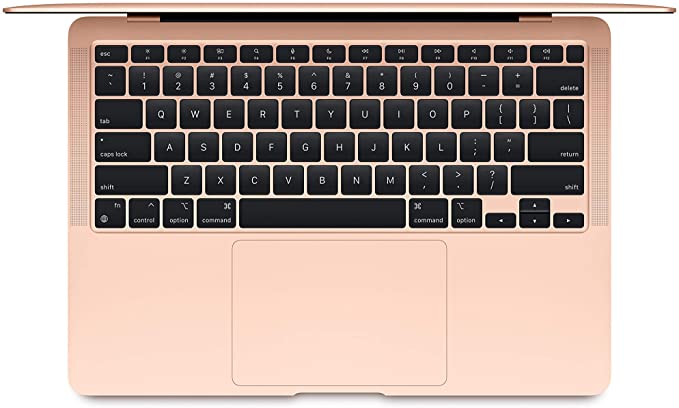
As such, we present some of our personal picks for the best MacBook Air alternatives in 2021. Remember, the game is efficiency, cramming the best in mobile computing into the smallest, slimmest and handiest form-factor possible.
Apple’s first Silicon for MacOS, the M1 is a formidable chip. The Silicon on Chip combines 8-core CPU with 8-core GPU (7-core on cheaper models), unified memory and neural cores for machine learning gives it an edge over conventional chips from Intel and AMD. That some processor has found its way into Apple iPad Pro 5 and iMac for the first time in 2021.
Previously, only MacBook Air, MacBook Pro and Mac mini enjoyed the privilege. This just goes to show how Apple is willing to bet everything on the M1 chip with the entire line of product line except for iMac Pro or Mac Pro now featuring it. No doubt with time, both iMac Pro and Mac Pro will get the same Apple Silicon treatment. From tablet (iPad Pro) to laptops (MacBook Pro and Air) to desktop (iMac), you can now choose an M1 variant. By the way with the launch of iMac 24-inch, the smaller iMac 21.5-inch is no longer available, making this the affordable option.
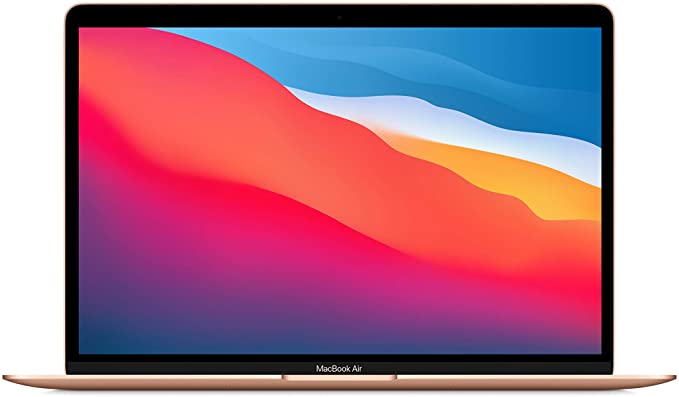
Back to the MacBook Air, while we all love a cutting edge MacBook Air, there are those that for one reason or another requires a Window PC to be running on their laptop. Here is where we come in. Our list of some of the best MacBook Air alternatives runs Windows OS and come with some of the fastest components available wrapped in a tantalising design what even Apple aficionados will approve.
Top 6 Best MacBook Air Alternatives Overview
In no particular order, here is an overview of our best MacBook Air alternatives.
- Dell XPS 13 9310 (UHD ver.)
- Asus ZenBook S (UX393JA-HK004T)
- Microsoft Surface Laptop 3
- HP Spectre X360 (13-aw0054na)
- HP Envy (13-ba1014na)
- Samsung Galaxy Book Flex 2
A few caveats here before we continue, while we do not consider a full 14-inch laptops as an alternative to the MacBook Air since the latter only comes with 13.3-inch display, there are laptops with display closer to the 14-inch mark such as the ASUS ZenBook S with 13.9-inch UHD display. We also do not consider Apple’s own MacBook Pro 13 with M1 chip as an alternative as these are pretty much the same thing. We do however look for additional features, features that set it apart from the MacBook Air as a viable alternative.
1. Dell XPS 13 9310 (UHD ver.) – Best for 2-in-1 Versatility
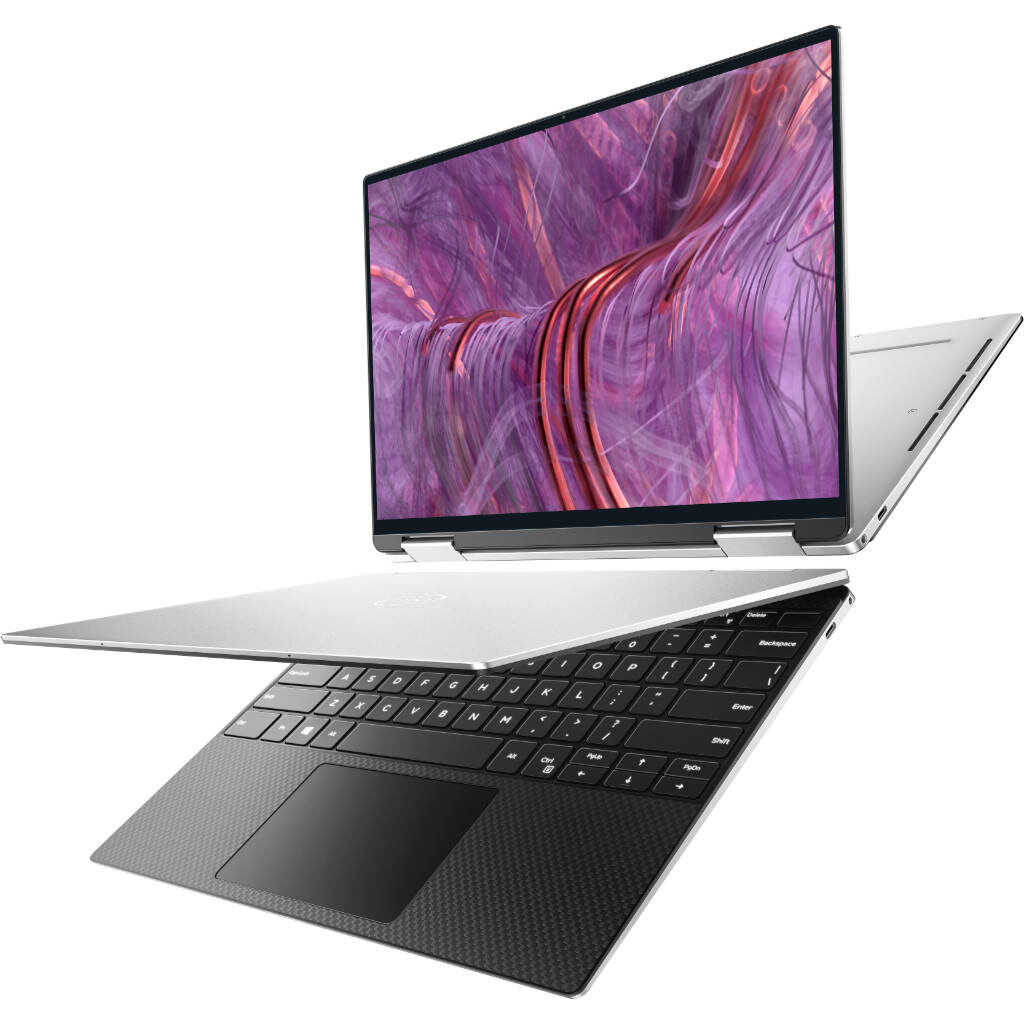
| CPU | Intel Core i7-1165G7 (4C8T, Boost 4.8Ghz, 12MB L3 cache) |
|---|---|
| GPU | Intel Iris Xe Graphics G7 96EUs (integrated) |
| Memory | 16GB / 32GB |
| Storage | 512GB / 1TB SSD |
| Screen | 13.4-inch 3840×2400 InfinityEdge Touch Anti-Reflective |
| Battery | 12-hours (advertised) |
| Ports | Thunderbolt 3, Card Reader, USB Type-C, Audio |
| Dimensions | Height: 14.35mm (0.56″) x Width: 297 mm (11.69″) x Depth: 207 mm (8.15″) |
| Weight | 1.32kg |
What does it have that the MacBook Air doesn’t: super slim bezel, lightweight and portable design, versatility of a convertibility profile, supports touch and pen input, 4K UHD+ display resolution
Is having touchscreen feature while maintaining versatile, transformable portability too much to ask for in a non-MacBook Air product? Nowadays, not so much, especially if it’s packed with the ever-so-familiar 4K display that bleeds over the relatively small 13.4-inch InfinityEdge screen. Even more enthralling, is that all of this screen estate is optimized well to squeeze all tasks that you can squeeze, all thanks to its NVMe SSD, hefty 16GB RAM, Tiger Lake computing goodness, desktop docking options. Oh, and as a bonus, it also competes quite well with Ryzen APUs in graphics performance. Not quite the same, but very nearly there.
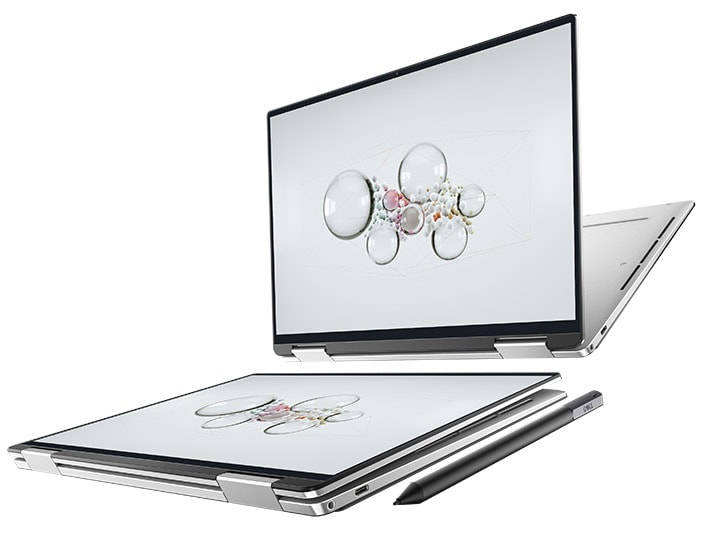
ALSO: XPS 13 laptop. if you are not fussed about the convertible form factor, touchscreen or ability to use pen input then save yourself some money and go for the XPS 13 laptop, image below. Also with he latest 11th generation Intel Core i7 processor and Intel Iris Xe Graphics you can spec it with up to 16GB memory and 512GB M.2 PCIe NVMe SSD storage all in a package that weight no more than 1.2kg.
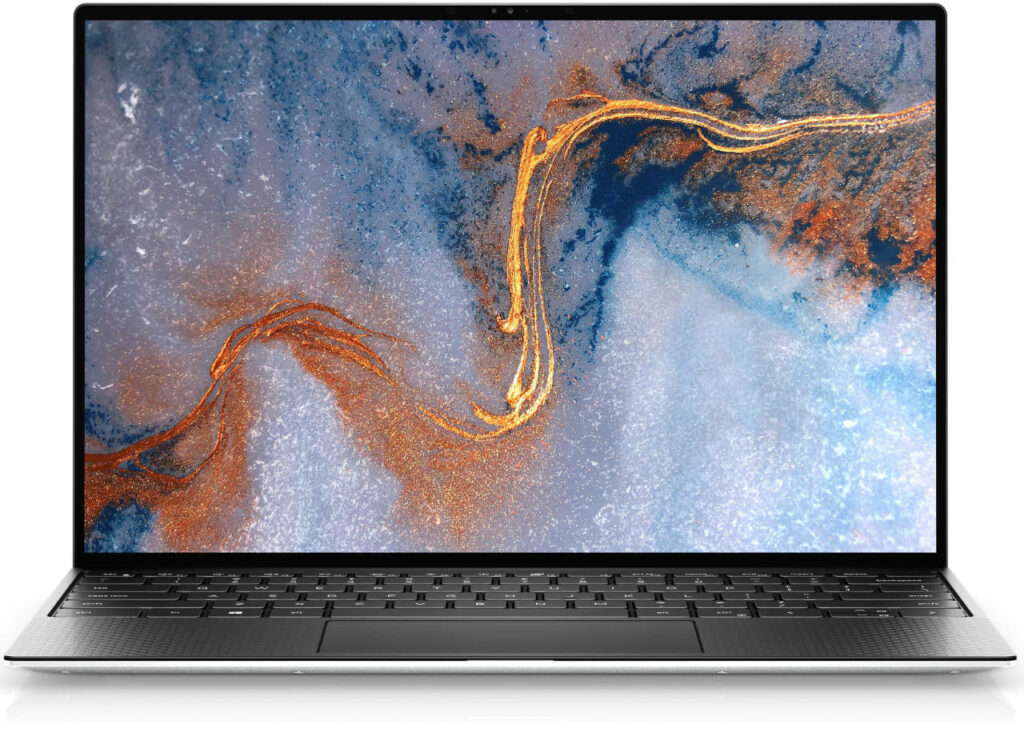
2. Asus Zenbook S – Best for Big Storage
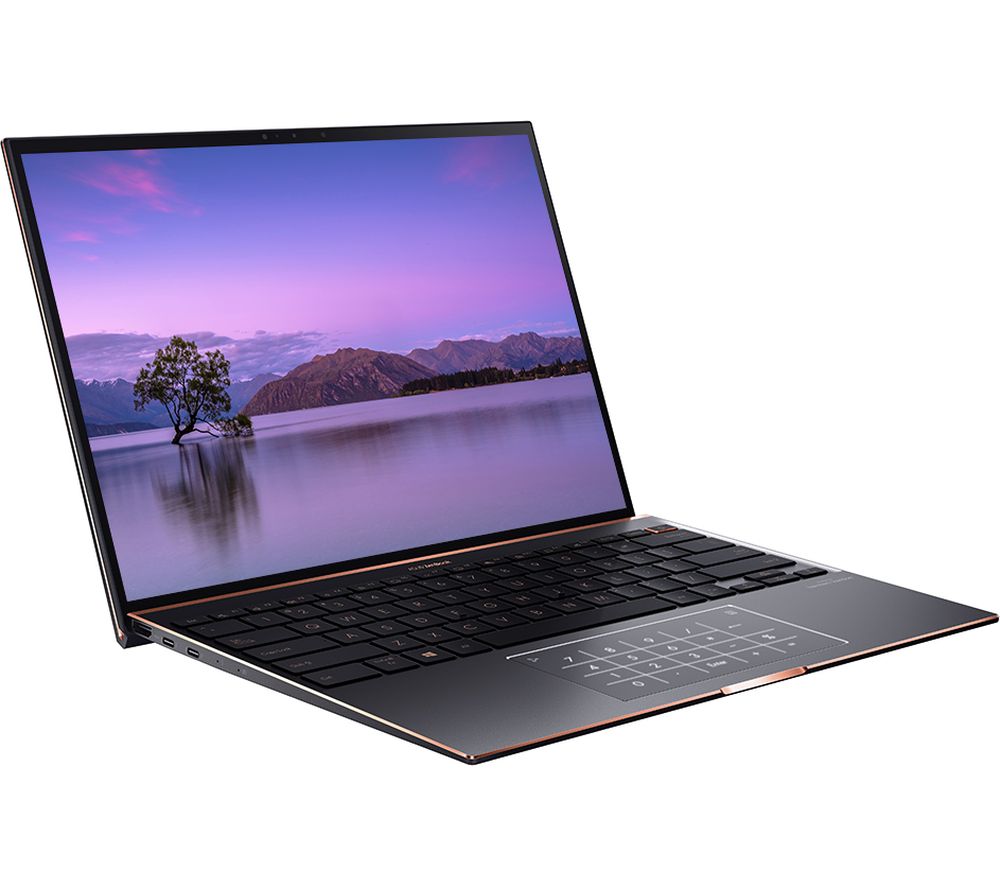
| CPU | Intel Core i7-1065G7 (4C8T, Boost 3.9Ghz, 8MB L3 cache) |
|---|---|
| GPU | Intel Iris Plus Graphics G7 (integrated) |
| Memory | 16GB |
| Storage | 1TB SSD |
| Screen | 13.9-inch 3300×2200 display 3:2 ratio 92% screen to body ratio |
| Battery | 15-hours (advertised) |
| Ports | HDMI, USB 3.1, Audio, Thunderbolt x2 |
| Dimensions | 224 x 306 x 149 mm (H x W x D) |
| Weight | 1.25 kg |
What does it have that the MacBook Air doesn’t: super slim bezel, lightweight and portable design, large starting storage 1TB and spacious memory 16GB, touchpad that doubles as numbed, tilted keyboard with ErgoLift. Touchscreen, QuadHD resolution, bigger display at 13.9-inch.
The sexy black finish look has been done and tried countless times already over many portable tech throughout the decade. But, there’s a reason why it’s still a thing, and the Asus Zenbook S is one of the latest proofs as to why. Make no mistake, this neither a MacBook Air nor a Galaxy Book Flex clone when it comes to sleekness and performance. But we’ll be damned if it can’t compete with the same level of portable reliability and loaded battery life usage as these two.
Besides, its signature numpad-transformable touchpad will always be a welcome addition to its QoL feature lineup, even if it’s not exactly unique among MacBook Air alternatives today.
3. Microsoft Surface Laptop 3 (13.5-inch ver.)
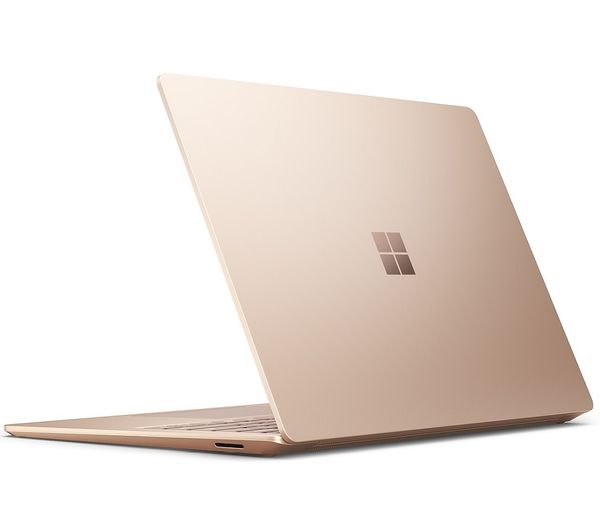
| CPU | Intel Core i7-1065G7 (4C8T, Boost 3.9Ghz, 8MB L3 cache) |
|---|---|
| GPU | Intel Iris Plus Graphics G7 (integrated) |
| Memory | Up to 16GB |
| Storage | Up to 1TB |
| Screen | 13.5 2256×1504 PixelSense multi-touch |
| Battery | 11.5 hours (advertised) |
| Ports | Surface Connect, USB Type-A, USB Type-C, Audio |
| Dimensions | 14.5 x 223 x 308 mm |
| Weight | 1.26~1.28 kg |
What does it have that the MacBook Air doesn’t: fresh styling, bezels are not the tiniest but smaller than MacBook Air. Sleek, thin and light design with elegant keyboard. USB-C and USB-A port combination.
Ah yes, the obligatory Microsoft entry to every single list that involves competing with an Apple product. PixelSense display might be a gimmick to some people, but you can’t deny how convenient it feels to have once you start getting the hang of the Surface Laptop 3’s use. On the raw performance side, it’s pretty standard with a 10th generation processor. Snappy enough to do tasks, but perhaps not as competitive as the M1 Chip-infused MacBook Air in terms of artificial benchmarking. Meh, but who cares? There’s no real reason to not enjoy this very competitive alternative laptop. And, if you like the design, you can also opt for the bigger 15-inch model.
4. HP Spectre X360 (2021) 2-in-1
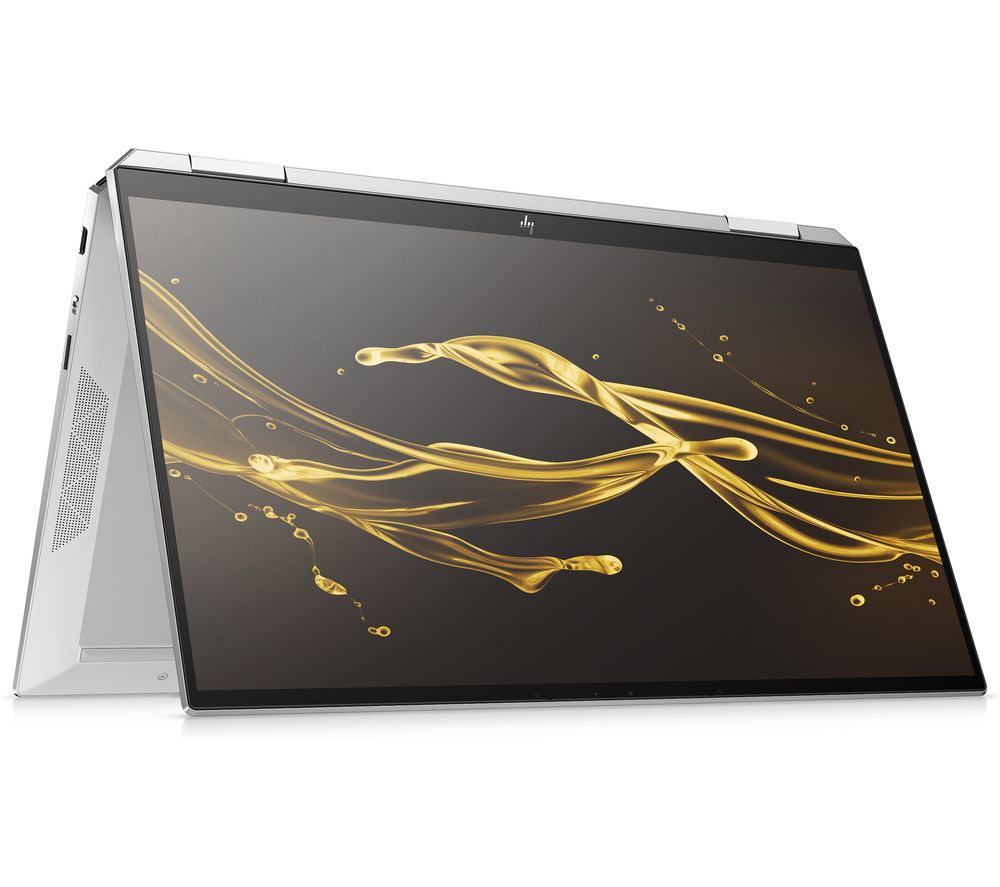
| CPU | Intel Core i7-1165G7 (4C8T, Boost 4.7Ghz, 12MB L3 cache) |
|---|---|
| GPU | Intel Iris Xe Graphics G7 (integrated) |
| Memory | 16GB |
| Storage | 1TB |
| Screen | 13.3-inch 4K Ultra HD 3840 x 2160p UWVA micro-edge multi-touch OLED display |
| Battery | 9 hours (advertised) |
| Ports | USB Type-A, USB Type-C, Thunderbolt 4 x 2, Audio |
| Dimensions | 16.9 x 194.5 x 306 mm (H x W x D) |
| Weight | 1.3 kg |
What does it have that the MacBook Air doesn’t: versatile 360 degree hinge, touchscreen support, stylus included, bright 4K OLED display (400nits), plenty of connectivity options. Did we mention that stylus is included at no extra. USB Type-C to HDMI2.0 adapter included in the box so go crazy with multiple displays.
While both old and new HP Spectre x360 are currently available side by side, there are plenty of benefits in choosing the new over old. The way to tell them apart is in the processor in use, with the old device using the 10th generation CPU and the new, 11th generation CPU. New Spectre x360 comes with better Intel Iris Xe graphics, faster processor, WiFi 6, Thunderbolt 4 ports and Bluetooth 5.0.
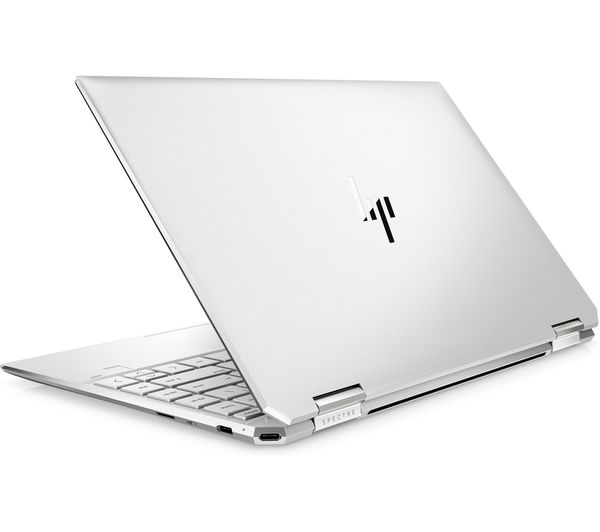
The sensation of having something premium and exclusive… is obviously not a hardware advantage. But it is an intrinsic property that we need to emulate for a MacBook Air alternative. What better way to represent this, than the 2021-released HP Spectre X360! Metallic silver chassis, angled ports, solid hinge and edge to edge Gorilla screen makes this device a delight to use.
And what about performance? Very nice and snazzy. Data transfer conveniences abound, quick data access, convenient GUI browsing, and even excellent multimedia enjoyment via its combined wireless options and special 4K Ultra HD display. Battery life is a little disappointing at up to 9 hours.
5. HP Envy 13 (latest ver.) – Best for Graphics Performance
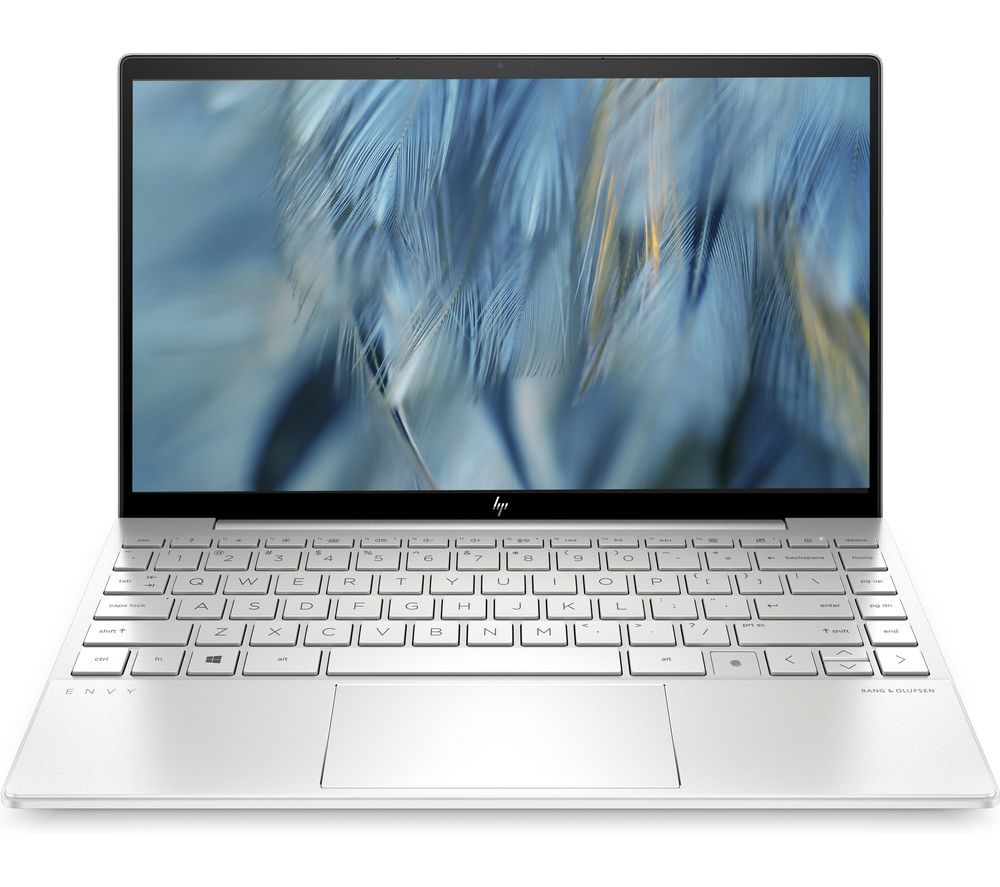
| CPU | Intel Core i7-1165G7 (4C8T, Boost 4.7Ghz, 12MB L3 cache) |
|---|---|
| GPU | Intel Iris Xe Graphics G7 96EUs (integrated) and NVIDIA GeForce MX450 2GB |
| Memory | 16GB |
| Storage | 1TB SSD |
| Screen | 13.3-inch 1920×1080 display, multi-touch |
| Battery | 10 hours 15 mins (advertised) |
| Ports | USB Type-C, USB Type-A, Audio, DisplayPort 1.2, microSD slot |
| Dimensions | 17 x 194 x 306 mm |
| Weight | 1.3 kg |
What does it have that the MacBook Air doesn’t: Perfect for gaming on mobile PC, dedicated graphics, touchscreen eventhough only Full HD resolution, big 1TB SSD storage and big 16GB memory. Micro SD slot, USB-3.0 A x2 and USB-C and DisplayPort 1.2.
Budget Spectre X360 with an alternative silver finish. ‘Nuff said.
Just kidding. But seriously, you could definitely look at this laptop’s specs, get a cursory glance at its open clamshell form, and immediately conclude that it’s some stripped-down version of the more expensive model. Doesn’t help that the monitor is 1080p as well, so that kind of reinforces this idea further. BUT, and I say this with emphasis, the HP Envy 13 comes with a discrete graphics on top of the embedded one. This being the NVIDIA GeForce MX450 with 2GB dedicated graphic memory. That can’t be bad, since the previous generation Envy 13 with 10th generation CPU comes with less powerful GeForce MX350 2GB.
While the Tiger Lake’s Iris XE graphics is a significant step up from its former Iris Pro G7 counterpart, it won’t hurt to have dedicated memory and GPU. So, if you need to use the HP Envy 13 for something a little bit more graphically intense, you would definitely experience a significant improvement. See benchmark comparison at notebookcheck.net.
6. Samsung Galaxy Book Flex 2 (2021) 2-in-1 Laptop PC – Best for Premium Design and 5G Connectivity
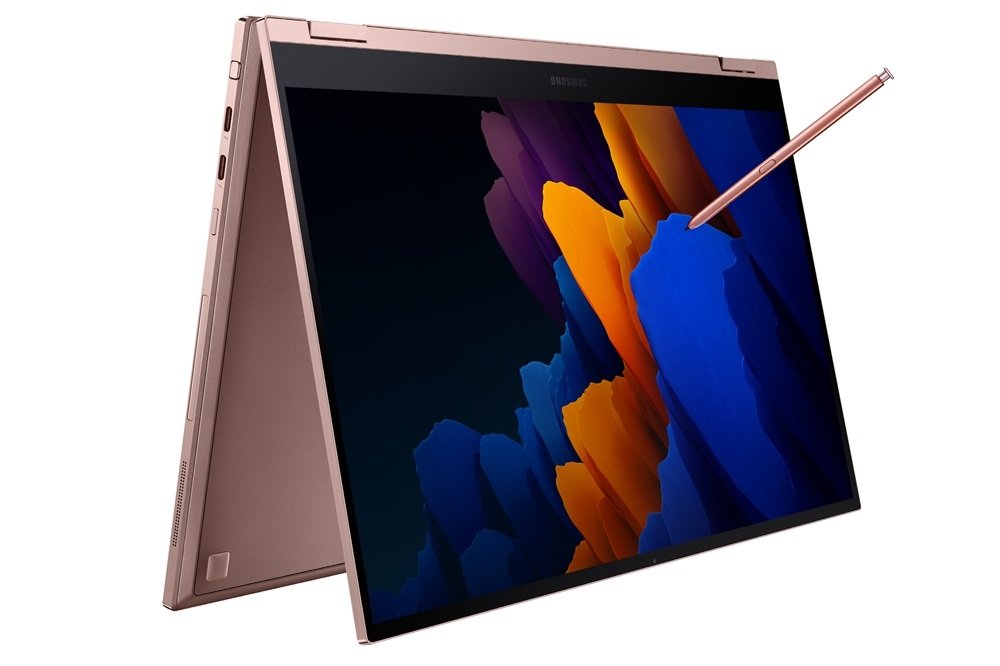
| CPU | Intel Core i7-1165G7 (4C8T, Boost 4.7Ghz, 12MB L3 cache) |
|---|---|
| GPU | Intel Iris Xe Graphics (integrated) |
| Memory | Up to 16GB |
| Storage | Up to 1TB |
| Screen | 13.3-inch Full HD 1920×1080 QLED display, multi-touch |
| Battery | 18 hours |
| Ports | Thunderbolt 4, Card Reader, USB Type-C, Audio |
| Dimensions | 304.9 x 202.3 x 13.9~14.9 mm |
| Weight | 1.26 kg |
What does it have that the MacBook Air doesn’t: brilliant QLED display, super bright 600nits. touch and pen input support, matching battery life. Super light and ultra slim. Closes alternative in terms of looks, battery life, premium design and performance with convertible profile and ultra fast 5G connectivity option. Oh and the stylus S-Pen is include and tucks away in a dedicate silo.
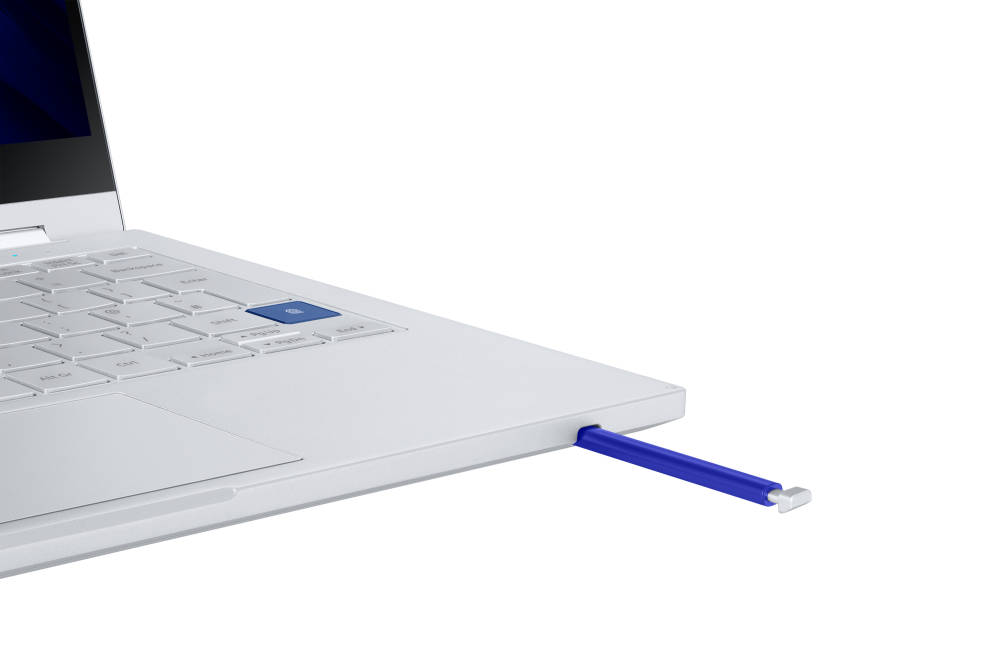
What’s a laptop list with Microsoft and Apple if there would be no Samsung entries on it? The Galaxy Book Flex 2 doubles down on form and function aesthetic by having the most standardized design and transforming option out of all this list. This is everything that the HP Envy offers except for the QLED panel.
A bigger 15.6-inch version comes with discrete GPU in the form of GeForce MX450 with 2GB dedicated graphics memory. This is a step up to all the power-focused laptops out there infused with AMD Zen 3 APUs. Imagine all the things that the ‘almighty’ MX450 can possibly do.
But in all seriousness, the combination of actually usable software packages, portability (weight), transformability, all-work-day battery lifespan, connectivity options, and graphics productivity options make the Galaxy Book Flex 2 one of the closest alternatives to the current iteration of the MacBook Air.
Edited by Samuel J. Tan


